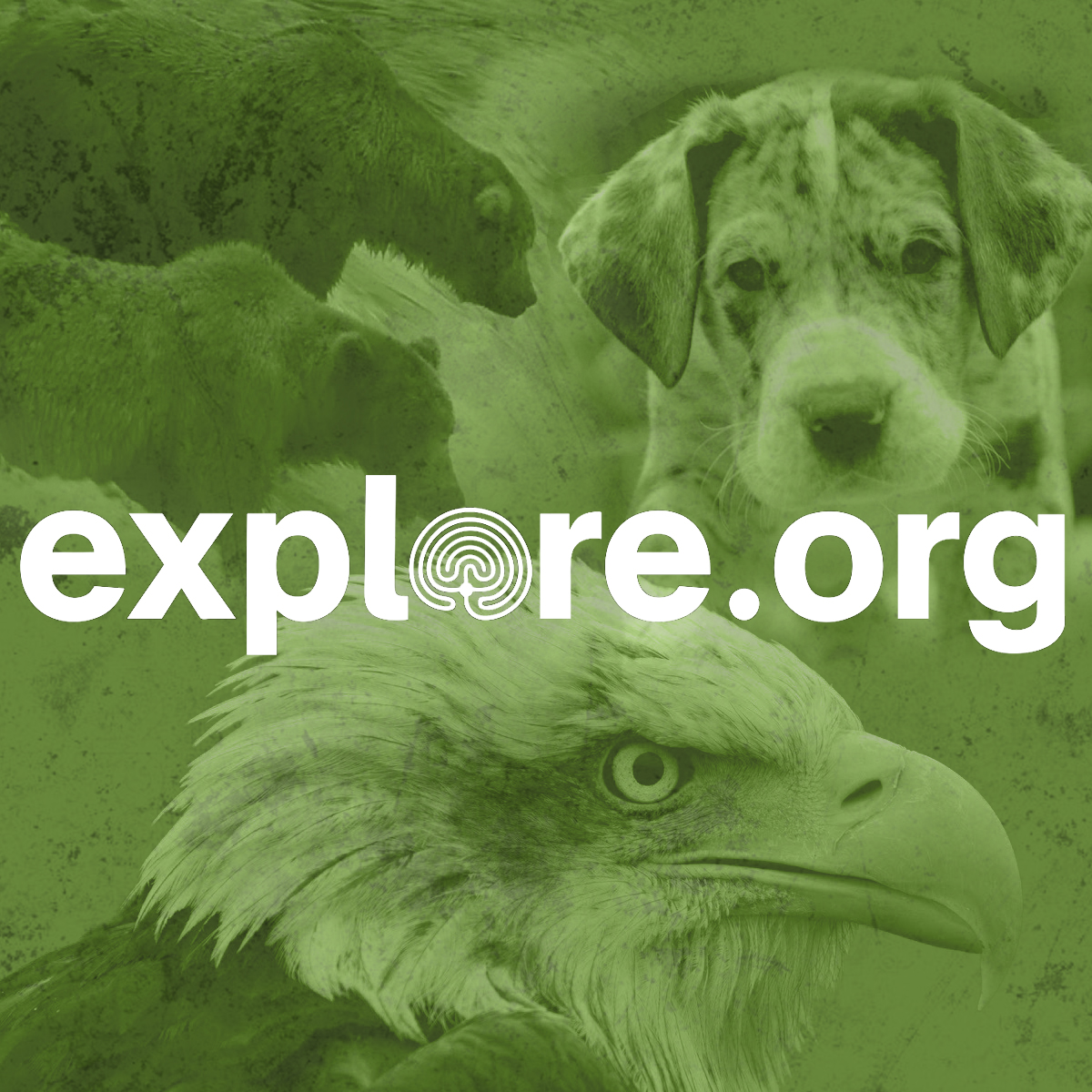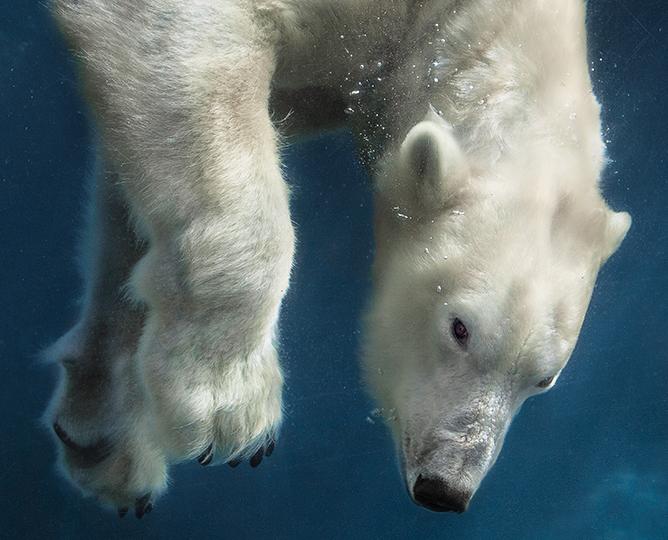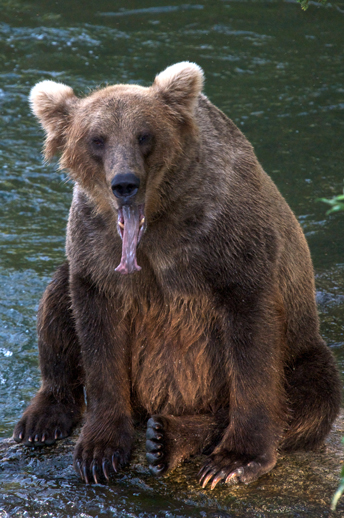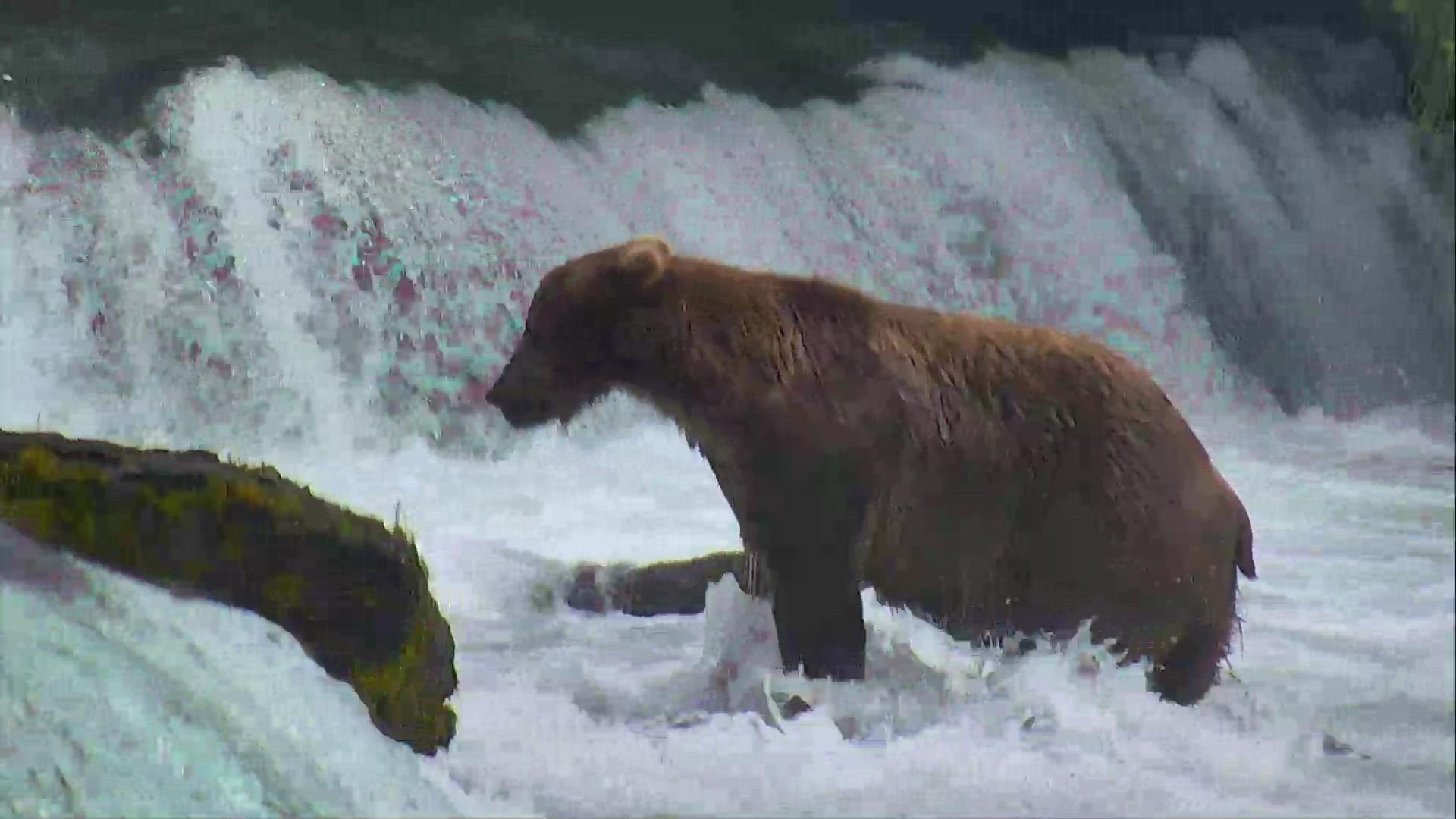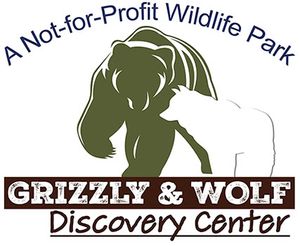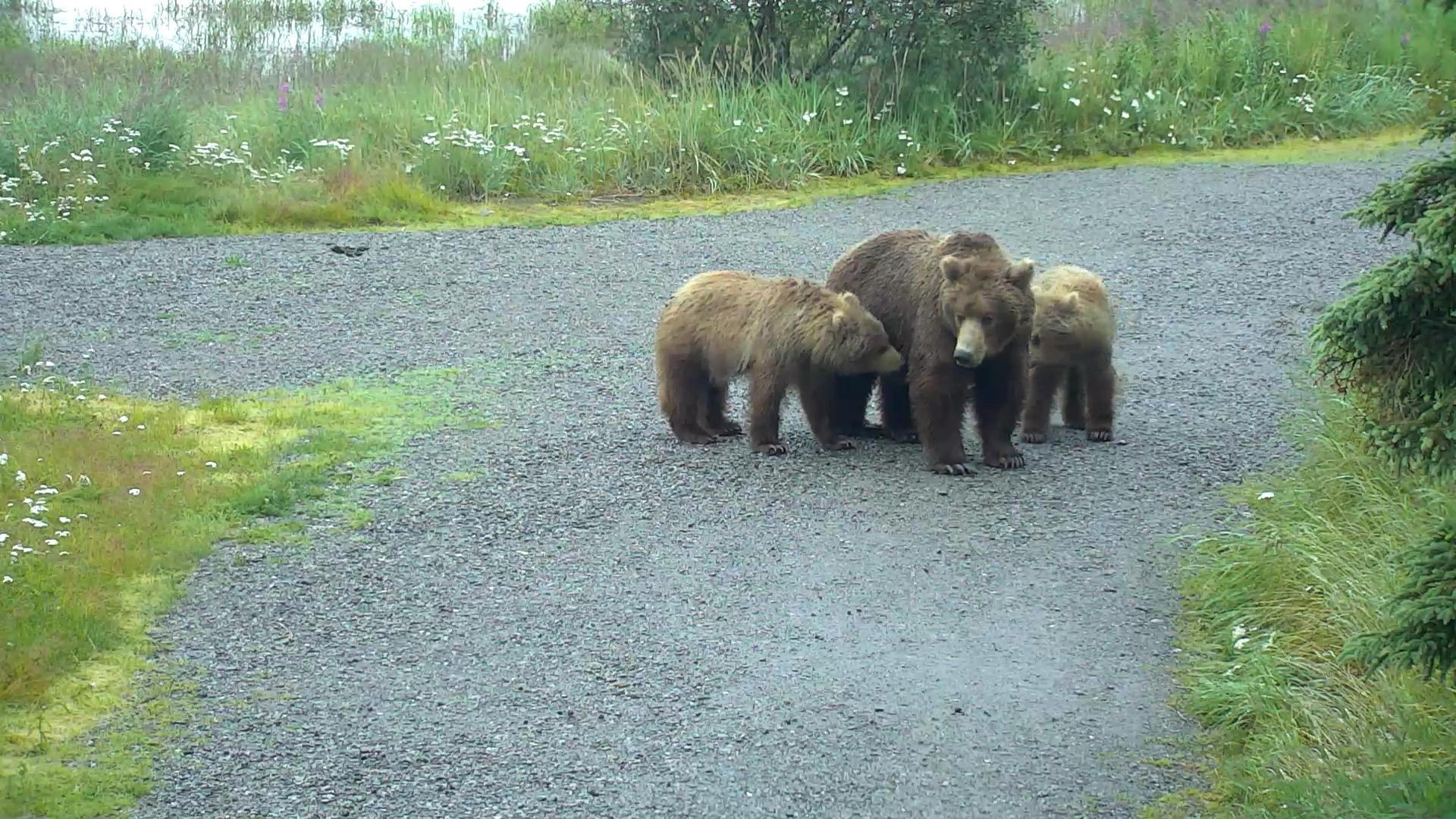In a moss-draped rain forest in British Columbia, towering red cedars live a thousand years, and black bears are born with white fur.
On a drizzly autumn morning on the coast of British Columbia, a shadowy figure lumbers down to shore. A black bear has come to eat. It's spawning season. Egg-heavy fish glut the streams of Gribbell Island, a small piece of Canada's Great Bear Rainforest, one of the largest coastal temperate rain forests in the world.Marven Robinson spots the bear but turns away, uninterested. "We might have better luck upstream," he says. Robinson, 43, stocky and swathed in rain gear, is a wildlife guide and member of the Gitga'at First Nation, whose traditional territory includes Gribbell Island.At 25,000 square miles—one and a half times as big as Switzerland—the region runs 250 miles down Canada's western coast and encompasses a vast network of mist-shrouded fjords, densely forested islands, and glacier-capped mountains. Grizzlies, black bears, wolves, wolverines, humpback whales, and orcas thrive along a coast that has been home to First Nations like the Gitga'at for hundreds of generations.The bear pauses on a patch of rockweed algae to sniff the air. The rain and mist can't mask the funky rot. Pink and chum salmon carcasses lie tangled in linguine strands of tidal sedge.
